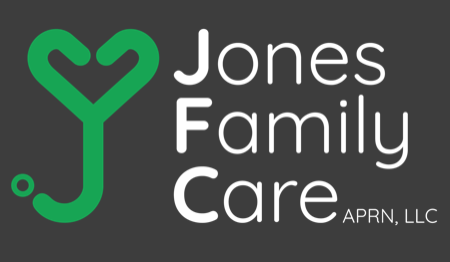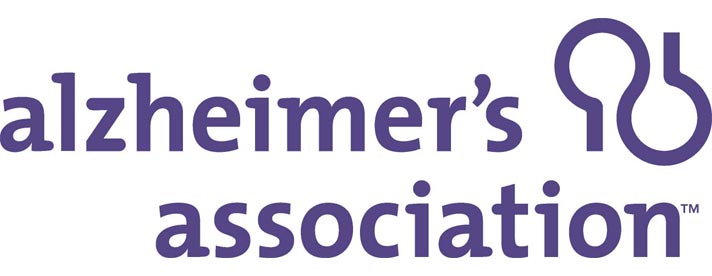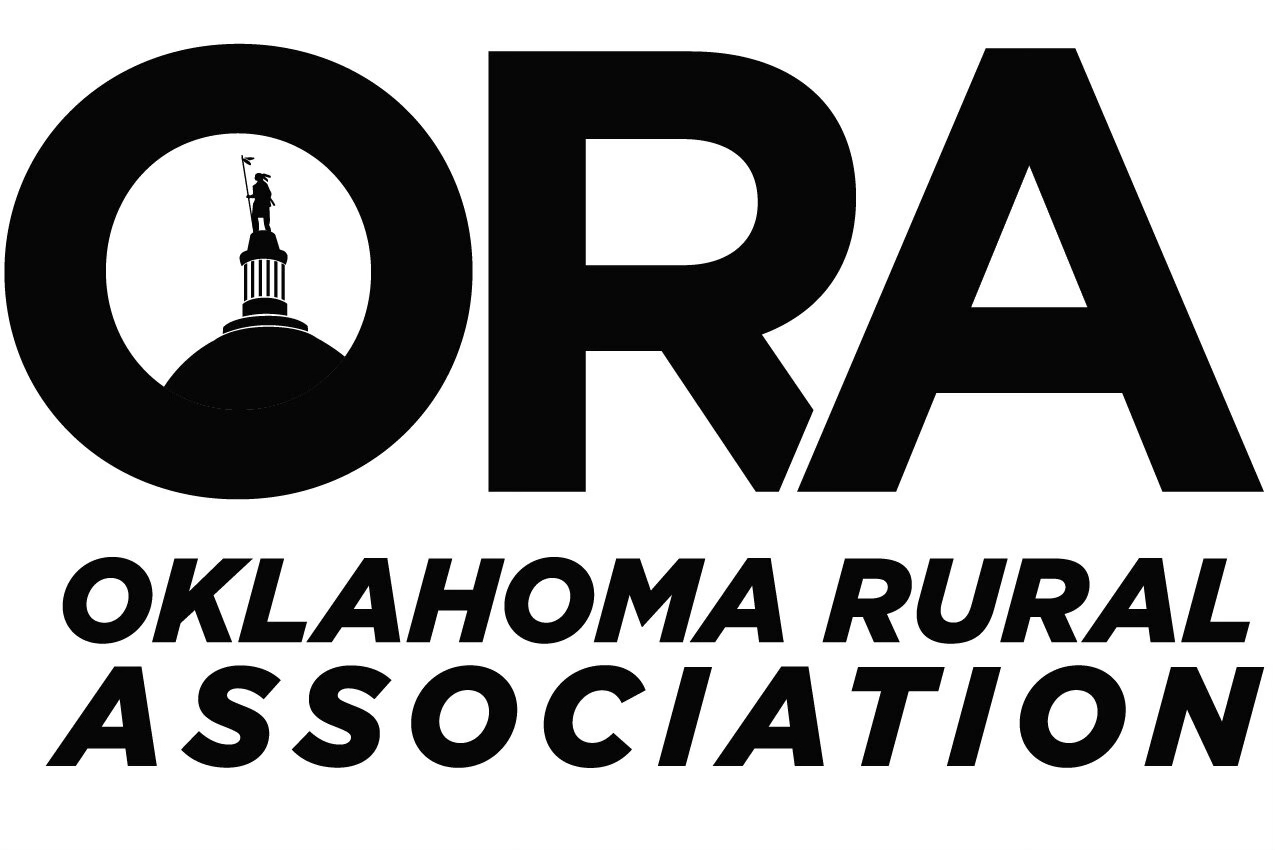AARP's Sooner Poll
Below is a link to AARP's Sooner Poll. It was commissioned, by AARP, in late December 2019. It clearly shows Oklahomans want advanced practice nurses (NPs) to fill the void in health care throughout Oklahoma.
Notice that this poll was specifically about advanced practice nurse practitioners and their role in health care and not broadly referencing nurses in general as other polls you may have seen.
Click here to view the survey results
Transition To Practice in Oklahoma
What is a Nurse Practitioner (Video)
The following is a compilation of research papers, position papers, decision papers and various other documentation that clearly show the need to remove practice barriers on Oklahoma NPs. SB458 is our path to removing those barriers. Click the document titles to read each one.
What is an APRN - The Four Disciplines
NPs in Primary Care Position Paper
NP Quality Of Practice Discussion Paper
APRN Challenge Letter To AMA
The Mississippi Nurse Practitioner Report
Physician and Nurse Practitioner Comparison Study with Clinical Outcomes
A glance back to the history of our hard work that paved the way for our current path to victory:
Grassroots help needed to change Oklahoma nursing law
The Oklahoman - August
Drabek: In support of House Bill 1013
The Journal Record - March
Oklahoma House votes to expand nurses’ ability to practice alone
The Oklahoman - March
Oklahoma nurse practitioners lobby to write prescriptions
Tahlequah Daily Press - February
Bill seeks to improve access to health care
The Oklahoman - February
Committee approves bill to allow nurse practitioners to provide more care
KOCO - February
AARP Says Nurse Practitioners Can Help Oklahoma’s Rural Areas
The Lawton Constitution - February
HB 1013 offers solution to rural health care crisis
Grand Lake News - January
This debate wouldn't be a waste of Oklahoma legislators' time
The Oklahoman Jan. 19, 2017
Highlights from reports concerning full practice authority for nurse practitioners
National Governor’s Association, The Role of Nurse Practitioners in Meeting Increasing Demand for Primary Care:
“These studies showed that NPs generally prescribe medications well and fol¬low clinical care guidelines. Two chart-review studies show no differences in the prescribing quality between NPs and physicians. A 2009 study that tracked second opinions of Medicaid psychotropic medication pre¬scriptions for children found no difference between the number of adjustments made to the prescriptions written by physicians and those written by NPs. A 1998 study found that physician reviews of APRNs’ (including NPs) prescribing practices were generally positive. One study showed NPs practiced greater adherence to geriatric quality care guidelines and another study showed NPs are better able to provide preventive education through the delivery of anticipa¬tory guidance.”
“The three analyses concluded that NPs rate favor¬ably in terms of achieving patients’ compliance with recommendations, reductions in blood pressure and blood sugar, patient satisfaction, longer consultations, and general quality of care.”
“None of the studies in NGA’s literature review raise concerns about the quality of care offered by NPs. Most studies showed that NP-provided care is comparable to physician-provided care on several process and outcome measures. Moreover, the stud¬ies suggest that NPs may provide improved access to care.”
U.S. Department of Health and Human Services Agency for Healthcare Research and Quality:
"NPs and PAs are more likely than physicians to work in rural areas (16% vs. 11%), and primary care NPs and PAs are much more likely to be rural (28% and 25%, respectively) (Table 2). This rural distribution is higher than that of primary care physicians as a whole and similar to that of family physicians (22%)."
Nursing Outlook, “Impact of state nurse practitioner scope-of-practice regulation on health care delivery: Systematic review” by Ying Xue, DNSc, RN, Zhiqiu Ye, BS, Carol Brewer, PhD, RN, FAAN, Joanne Spetz, PhD:
"Moreover, in a study examining the distribution of NPs in urban and rural areas, a trend was observed in which NPs were 1.5 times more likely to practice in rural areas in states with full SOP regulations compared with states with restrictive regulations (Kaplan, Skillman, Fordyce, McMenamin, & Doescher, 2012)."
“Rural hospitals located in states granting prescriptive authority to NPs were 30% more likely than rural hospitals in states without this authority to establish a provider-based rural health clinic, which are designed to stimulate the use of NPs and PAs to improve access to primary care in underserved rural areas (Krein, 1999).”
















